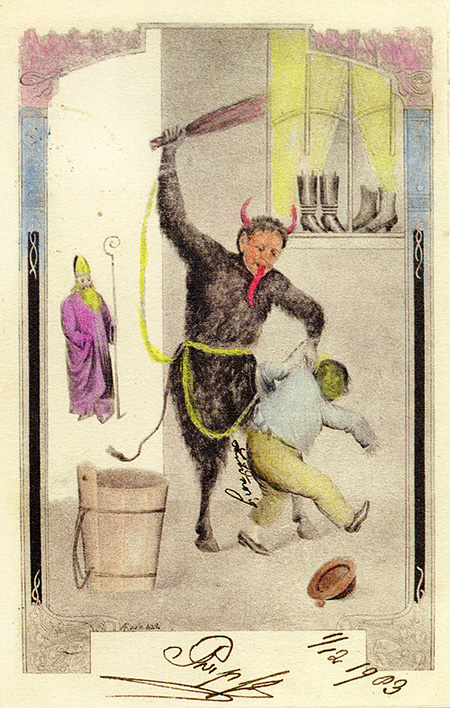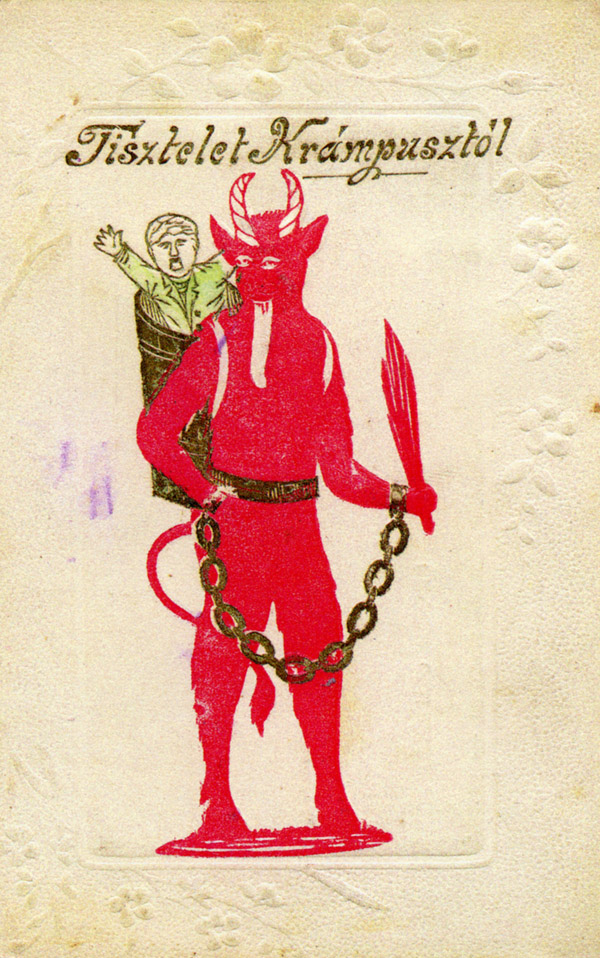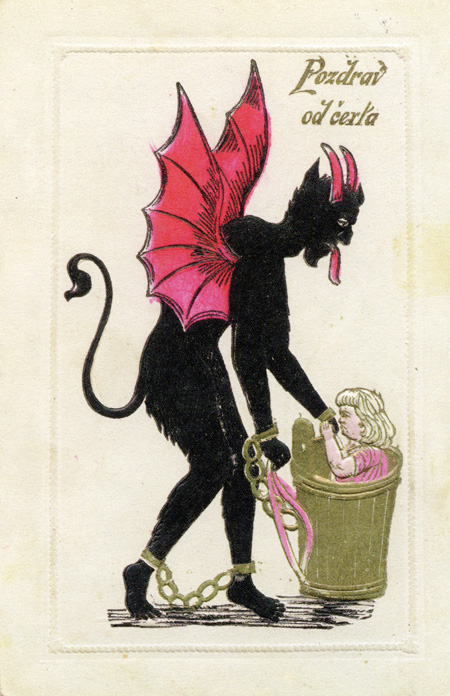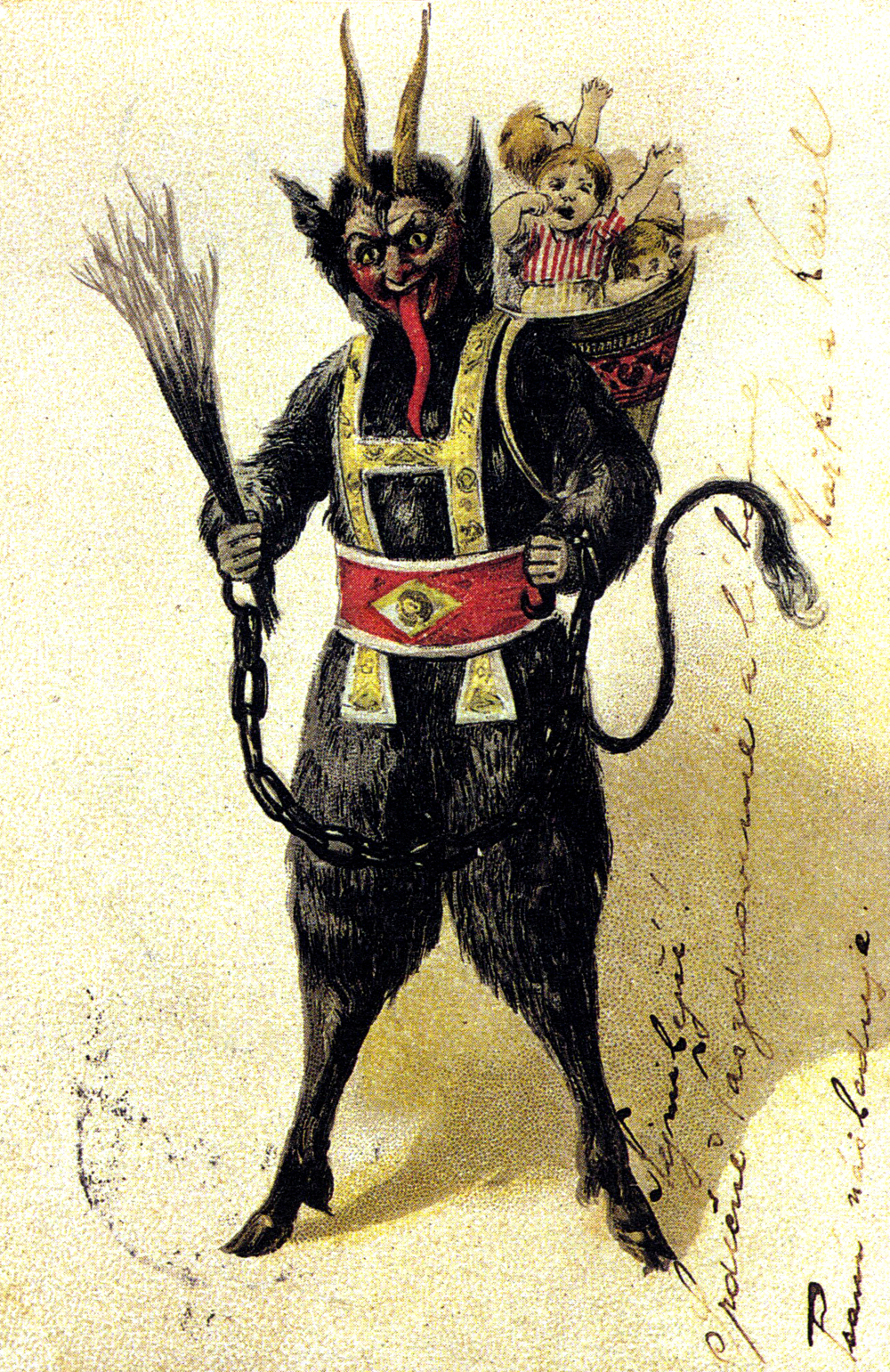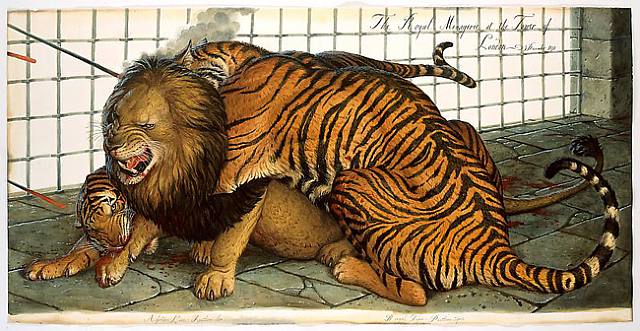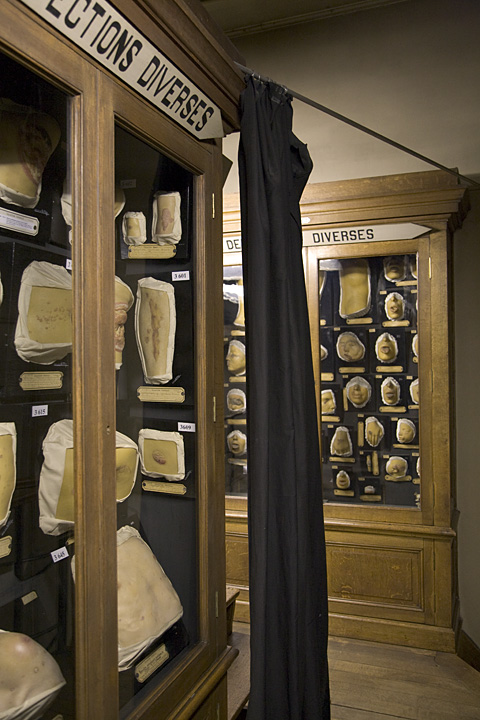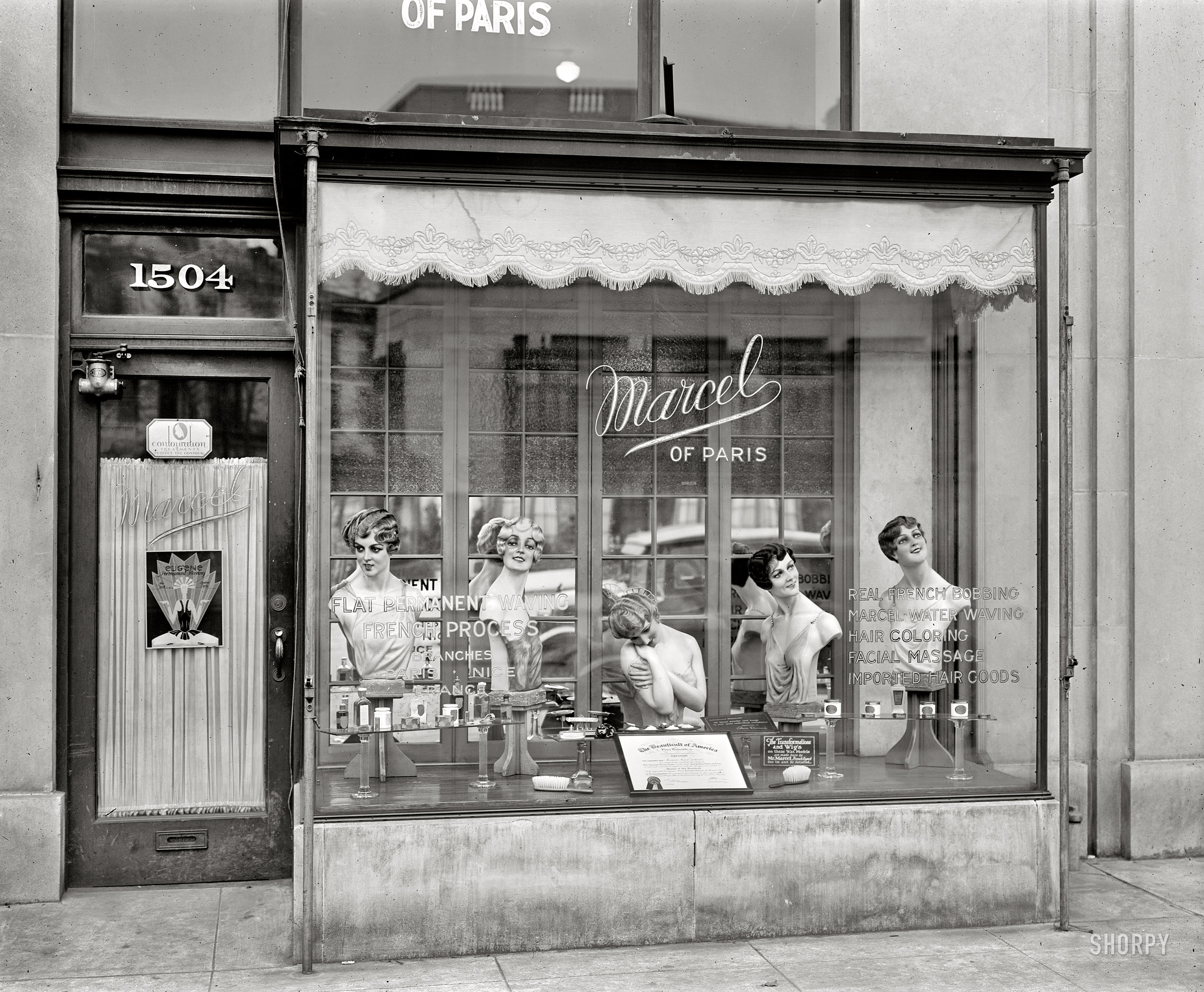
Quite often, especially during the holiday season, I receive emails from Morbid Anatomy readers soliciting book recommendations for their families, friends, and loved ones. To ease this recommendation process, I have recently launched
The Morbid Anatomy Bookstore, which contains all of my favorite, Morbid Anatomy-ish books, available for immediate purchase from Amazon.com. All proceeds from sales go to the purchase of additional material for
The Morbid Anatomy Library, which is open to the public by appointment in Brooklyn, New York.
On a related note: if any of you out there are feeling an aimless sense of philanthropy this year, perhaps you might like to contribute to the growth of the Morbid Anatomy Library! To this end, I have created a
Morbid Anatomy Library Wishlist, where you can see what important books are still missing from the collection and, if so inclined, donate them to or purchase them for the library.
The goal of the Morbid Anatomy library is to serve researchers, artists, and the curious public as a collection of books, scholarly articles, and artifacts related to medical museums, artistic anatomy, cabinets of curiosity, collectors and collecting, memorial practices, art/science, and mortality studies, presented in an environment conducive to the contemplation of such matters. Your donations will help fill the gaps in the collection, and help the MA Library serve the community even better. You will also receive an attractive donor's card for your trouble! Also, if you desire to make donations of the artifactual kind, or any books or objects not found on this list, that's great too! You can contact us at
morbidanatomy@gmail.com.
Click
here to visit the online Morbid Anatomy Bookstore (and be sure to page through to the end; there are 15 pages thus far!). Click
here to check out the Morbid Anatomy Library wishlist. As mentioned, the Morbid Anatomy Library is open to the public by appointment; if you wish to visit the library, you can make an appointment by emailing
morbidanatomy@gmail.com; You can find out more about the library by clicking
here. And, if you feel that there is an important book missing from any of my lists, I would love to hear from you at the above email!
Image: by Eric Harvey Brown for Time Out New York
